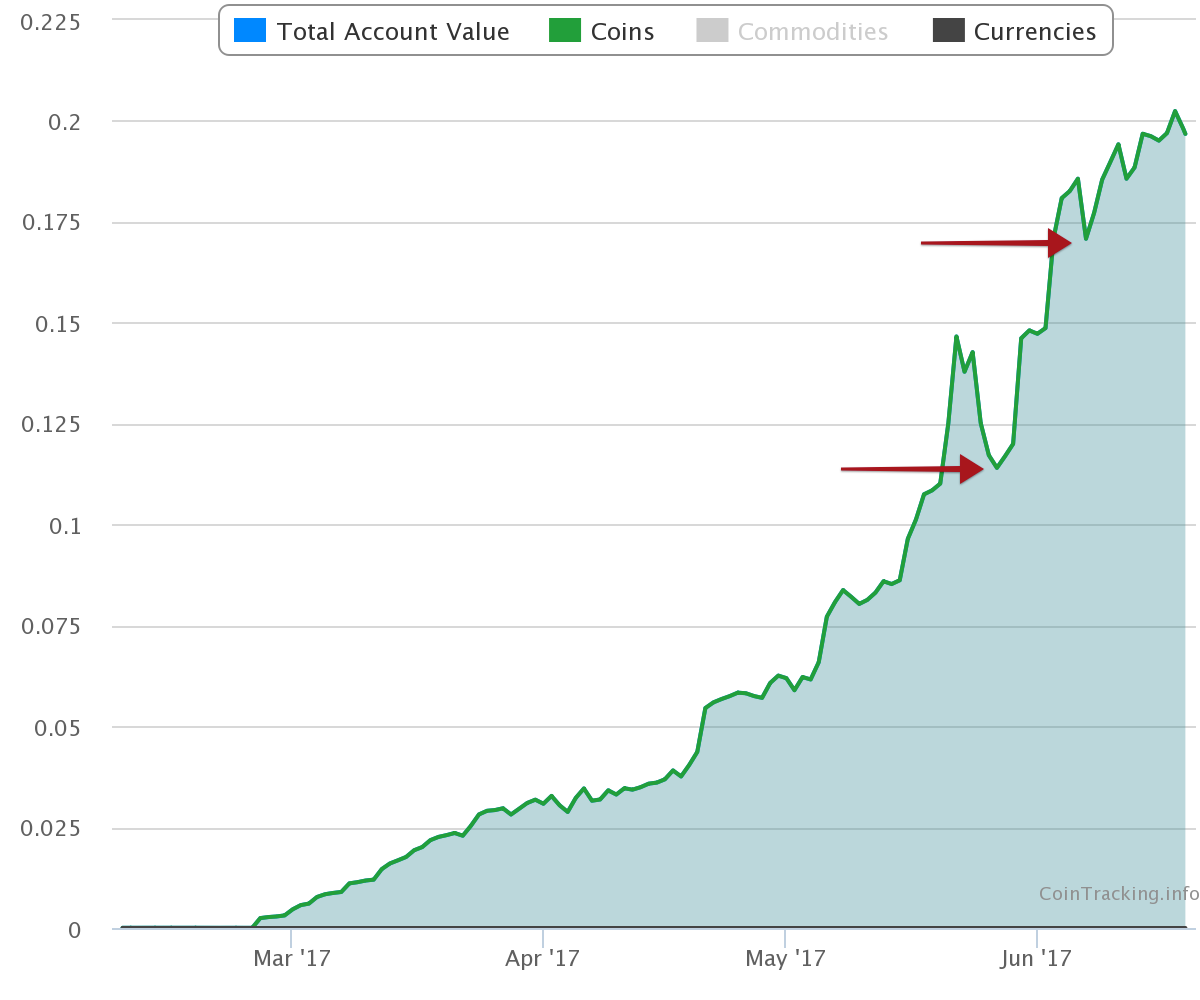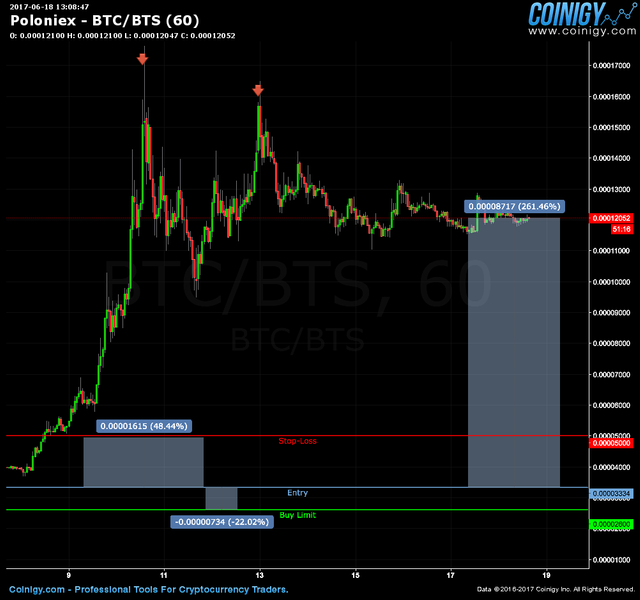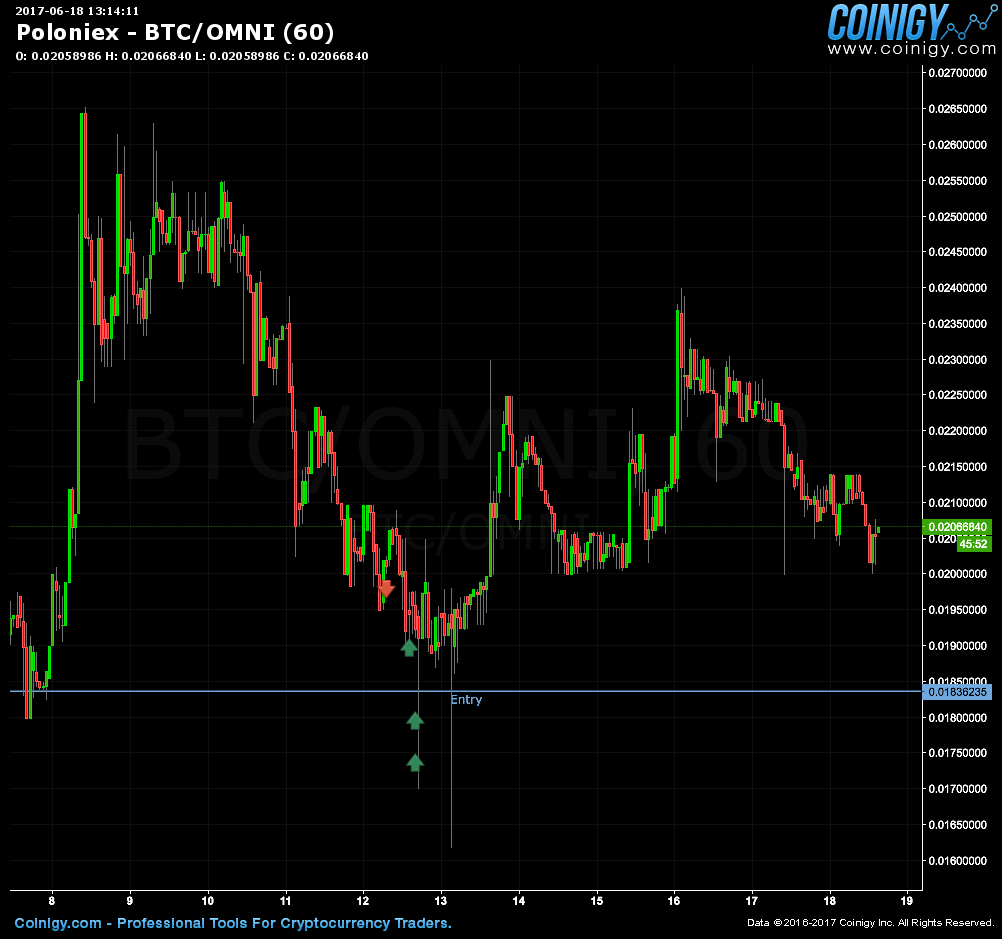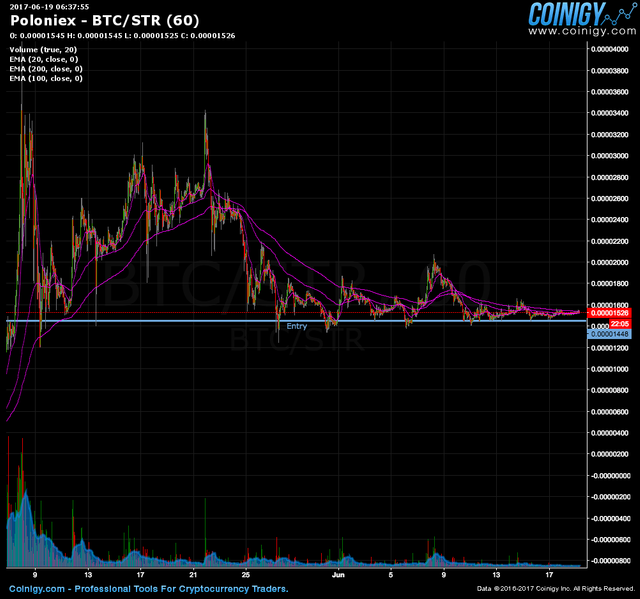I've been living off my own money for almost twenty years now. I never really thought about managing my money. When I got into trading, however, I learned what it means to “manage” money. In this post I'd like to write about stopping losses because there are misconceptions about “selling” in crypto often referred to as panic selling. Newcomers are often taught that selling is a bad thing. Let me explain why selling isn't a bad thing and why it might actually turn into even more profit than was possible before.
Cutting Down in the Real World
The story is pretty simple, and can be explained with real world examples, rather than trading alone. I used to have bad times and good times in my life. In the bad times, I was focusing on minimising losses and expenses. This meant cutting down on things that cost money regularly, like an insurance, food, or long-term investments. When you are faced with a situation where you have no income in sight for the third month, and the end of the month is nearing again, you have to do something. You need to stop your losses.
I was young, and as many freelancers know from experience. You're busy with the "big" projects, until they are over. When they are over, many fall into the "where's my next client" hole. The money freelancers get from these projects, is then used up during the acquisition phase (which can take somewhere between one and three months).
Another lesson learned: Do not focus too much on your current client. Always spend time acquiring new customers.
During that time, where I needed to I cut down. I saved up as much as I could. It actually was a good lesson for me because I realised that there's so much that I don't really need or want – really. Would be a different topic to write about, let me know in the comments, if you'd be interested! When I cut down on my expenses, I suddenly didn't lose more money! My expenses came much closer to my income, and the difference was all that I had to make up.
Cutting Down in Trading Crypto
It is only now that I can visually see what I did back then because it also applies to trading in the cryptocurrency space!
Here is a chart of my CoinTracking profile with some annotations.

I've marked the spots where I wilfully stepped in and sold the most losing positions. Actually something I should have done earlier but I didn't. I was hoping that during the Bitcoin price rally to $2800 (May, 27th), BTC would take a breather (as it did the days before) and allow to trade alts for just one day profitably. My usual strategy covers these days pretty well. During the last days of the 3000 run, however, it didn't. I miscalculated, I lost. That big dip you see there could have been bigger, if I hadn't stepped in and stopped this madness manually. A couple of days later there was the next run (around June, 7th). This time, though, I reacted much earlier, sold earlier, and was able to keep more money this way. Did I lose money? Of course I did! Just look at the chart. But doing something about the loss, meant I could reinvest in coins that were more profitable at that day. It turned out pretty good, I must say.
Why and How to Use Stop-Loss
With regards to trading, there's a tool called stop-loss. It's a great tool to stop losing money! In this article on Investopedia you can read this:
There is absolutely no guarantee that a stock will ever come back. In fact, waiting to break even - the point at which profit equals losses - can seriously erode your returns.
The basic argument here is multifold.
First there's of course the argument that's clearly written up there. There's no guarantee that a stock will be coming back up. I'm coaching many traders, and take part in many trading groups. Newbies are often told to "just hold" until their coin comes back up. We're pretty lucky trading crypto. If crypto wasn't so volatile, that promise would not hold true. So rather than teaching them how to handle a loss and start making money again (check out my trading course by the way, maybe you like it), they are taught to hold still and lose money for a couple of days. Because, let's be honest here, for the entire time, the money is stuck in a losing trade, it can't generate more money, or can it?
I don't want to say, sell early when a loss happens. I want to teach you this: be smart about when to sell! It's a good idea to keep holding onto your coins for a couple of days but when your coin keeps losing more and more, it might be a better idea to get out, and if you really like that project, find a better entry! This takes us to the second argument.
The article also talks about the concept, that a losing stock, needs to make up more total percents to be in profit again. A 15% loss, needs to make up 18% to break even! And then there's also the time factor. Many newbies are disappointed why not every coin "pumps" all the time. It's what people want to see! People don't like to wait. They want more money quick! So a coin that's not been pumping for a day or two is "a total disappointment". People expect upwards movements to be faster than the downwards movements. When a coin loses, it doesn't lose as fast as it's going to pump up again, right? That's unrealistic and wishful thinking! The reality you're dreaming of is not existent! It is a concept that we have in our head but that concept is not real. The reality is: you lose money my friend!
My suggestion is: try to get a feeling for "dips". As I said crypto is volatile. If it's a small, low volume, coin, then these often jump up and down like a roller coaster from one candle to the next. So a 7% stop-loss might not work as well as a 10 or 15% stop-loss below entry. This is just a suggestion. Maybe try to figure out something I call "volume-based stop-loss".
Third argument comes from my own experience mentioned above. Usually when something drops that far, that I'd consider it a loss, then I also consider my entry not good enough! In that case, I rather sell, look a better entry, and make more profit on the way up! This has the following two advantages:
- I can wait for the coin to hit bottom. Usually when it's been falling so much below my entry that it exceeds the -7% mark, then it's likely to fall 3% more. Considering trading fees of 0.5% on Poloniex. This means that the coin everything below -8% is more gain, on the way back up. Please check on existing support/resistance levels. Sometimes it's really just a dip, and someone's "testing".
- As mentioned above, I don't need to "wait" to make profit. I can start in profit on the bottom already.
When the coin goes down 10% in total, I might have lost money but I manage my money, and stopped the loss as well. This is not a "panic sell", as it's also often taught to newbies. This is a conscious trading decision. If the original analysis I did was bad, and I did miscalculate a good entry, then it's better to bite the bullet and look for a better trade.
Tricks to Stay Profitable
Here are a couple of tricks that I use:
- Try out trailing stop-losses. They are tricky to use, because of the high volatility, but they help you secure profits. Also try out a trailing buy position below the stop-loss and your original entry. If your coin really dips that far, that it executes the stop-loss, you sell everything with profit. Then it only needs to dip further to reach the old entry, and you have an unshakeable trade setup! The screenshot below shows a very conservative setup.

- Here's an example how to catch a better entry with more than one buy order:

- Here's STR. Look for strong support levels. To me this chart indicates that STR is unlikely to fall below my "entry" line. This picture doesn't show the stop-loss below the entry. As you can see, therre seems to be a magical flat line of support that keep STR above 0.0000145. "Unlikely" means that STR would need a lot of force to push through the support it gets from below. If you buy something look at buy and sell walls. Walls can be broken, of course, but it needs a pretty hefty amount of money to do so. This is a basic of price movement, which you also learn in the course, just figured it's worth mentioning again.

Verdict
The takeaway of this post should be that selling is not a bad thing. People often have this image that the one person buying is a “winner”, and the person selling “loses”. As you just learned there are more reasons to selling, and it probably was something the other person intended to do. Even if not, we don't know. Therefore we can also assume that the person on the other end is selling because of good will and intention. Maybe their coin just reached +100% and now they want to cash out. Maybe they need to stop a loss – that's also a good thing. Trying to pull yourself out of the mess you've gotten yourself into means you do something. Doing something is better than watching. A topic politicians know a lot more about than I do but I leave that up to you to discuss.
Happy trading!
Good stuff. I'm relatively new to the trading game and I've been looking into this exact thing. Buy low, sell high, rinse and repeat.
The one thing that is hard to commit to is the buy limit and the sell limit (potential to miss out on a lot of profit!). You never know how low the price will drop or rise, so I try to monitor unless I know I won't be able to.
Do you have any suggestions on how to technically determine when the dips halt and begin to rise? What stuff can I research for this?
Downvoting a post can decrease pending rewards and make it less visible. Common reasons:
Submit
Yes but I hope you understand that's a paid service. Check out my course, or join our webinar in late July (no date set yet). We built an expert traders group where people can ask specific questions about specific issues, e.g. technical analysis, fundamental analysis, risk-management, mining, etc. We're also working on premium tier stuff like copy-my-trades (copy the trades of other traders), personal coaching, etc. Right now I only have the course to offer, or a paid personal coaching which you can book through this website. Sorry it's German; couldn't adopt to the English market yet. Half an hour is €50. Or just simply use the contact form on zCasting 3000, and I'll see what I can do for you.
Downvoting a post can decrease pending rewards and make it less visible. Common reasons:
Submit
Many great advices in this article. I also dislike this idea of HODL in crypto community. Many private trading rooms also ask their followers to keep the money in one stock for weeks to hope for a return. If shit is about to hit the fan it's better to respond fast rather than wait and hope.
Downvoting a post can decrease pending rewards and make it less visible. Common reasons:
Submit
That is my experience as well, if you trade shorter terms, selling should be faster. If you're in for the long game, you can be slower. Also keep in mind that many of these communities ask their followers to stay with a coin because then their community can "hold" the supply. They use you.
Downvoting a post can decrease pending rewards and make it less visible. Common reasons:
Submit
Thanks for this.
Good advice but the issue I always have is when moving from wallet to exchange. I hate keeping currencies in exchanges due to the risks with that. However I want to put it all in the exchange so I can setup stop loss buy orders.
Do you have a process for doing this?
Downvoting a post can decrease pending rewards and make it less visible. Common reasons:
Submit
Yes, the process is pretty simple. Transfer your money to the exchange, setup a stop-loss. If you can't do that, manage the money manually (you're going to lose way more money that way). Have the money in a wallet, setup a notification in Coinigy, Blockfolio, whathaveyou. When it executes, transfer all the money to the exchange, wait for all confirmations, then you can sell. I'd not do this.
Downvoting a post can decrease pending rewards and make it less visible. Common reasons:
Submit
Great article. I'm a newbie in it myself so always learning!
Downvoting a post can decrease pending rewards and make it less visible. Common reasons:
Submit
You're welcome! Glad you enjoy the content! Don't forget to follow! I plan on writing/filming more.
Downvoting a post can decrease pending rewards and make it less visible. Common reasons:
Submit